|
Listen to the episode by clicking the link to your preferred podcast platform below: Do You Tell Kids the Whole Truth? We all tend to use a different “filter” when speaking to kids versus adults. When you were young, you probably remember adults sugarcoating topics for you too. In a way, it makes sense because children and young teens are still developing their emotional regulation capacity. Many people want to keep children protected from having to deal with the kind of fear, worry, and loss of innocence that they deal with. The problem is, it can be hard to reach consensus on how much information we should share. Why We Shouldn't Keep Students in the Dark I believe that avoiding hard topics at all costs is not the way to go. Refusing to acknowledge traumatic events and topics does not give your student a chance to understand why and how such things could occur. It’s important to emphasize the fact that students can easily pick up on cues when something is wrong. Research shows that by age 2-4, children are already aware of social constructs and internalizing bias around identities like race and gender. “If we avoid it, there is this inherent thing that students will pick up, which is saying that something is wrong with people who deviate from the mythical norm—this idea of a white cisgendered male who is heterosexual, who is Christian, who is middle-upper class, etc.” Knowing that, you can be the one to help students navigate conversations that bring up all these emotions like fear or anger or sadness. Does that make you nervous? Even as an adult, you may still experience all the same emotions and uncertainty. I know I do. Many issues today do not have clear answers and there is still so much progress to be made. Despite this, we will march forward because justice requires us to commit and show up as best we can. In order to do the work well, I suggest you create some space in your class time that you use to foster better relationships with students. Making eye contact, asking questions, being willing to learn about another culture—these are all things within your power. We Won't Let Discomfort Get in the Way Secondly, I’ve seen discomfort hold back white teachers and principals from engaging in these talks. Bringing up these topics as a white person can feel very uncomfortable because we either don’t want to be labeled as “racist” or “biased” or we don’t want to face the guilt that comes up from facing our own privileges and roles in these systems of oppression. If I’m being completely honest, it’s inevitable that you will get it wrong. You may not correct a "microaggression," you may say something that causes harm, you may forget to give students a voice in something. And it will be okay as long as you are willing to own up to them and continue to learn from these mistakes. You don’t need perfection in this work, you want progress. “We want to be mindful when we invite students to talk about things, that can be traumatic for them or that are based in historical trauma, that that can be harmful. It can be if not done well...But what we want to talk about today is: How do we move forward with this work, enabling us to have these conversations in a way that is generative, perhaps even healing, and not increasing trauma for students?” When Sharif El-Mekki read an article written by a white educator that posed the question “Are white teachers still welcome in non-white charter schools?” He decided to respond with his own article which said “Yes, anti-racist ones and those striving to be anti-racist. The only prerequisites: they must understand, contrary to what some insist, that we do not live in a post-racial society, they must be able to handle candid feedback, even about their colorblindness and racism.” El-Mekki also brilliantly pointed out the false dichotomy in the article that claimed you can either be an effective teacher or an anti-racist one. In reality, you need to be practicing anti-racism to be an effective teacher (and leader). Traumatic topics need to be addressed using an approach that supports students. When opening up these topics for discussion, allow emotions to come up without censoring them. Allow personal experiences to be shared. Validate students’ identities. Students who may not directly relate to that topic can talk about what they can do to support students who have experienced this trauma. If all of this feels like a lot, don’t worry, you will improve over time. By committing to anti-racist practice and taking informed risks (e.g., starting these important conversations), you’re going to see so many benefits in your students, their achievements, and your own personal development. Continue the conversation below in the comment section and join our community of educational visionaries on Instagram, LinkedIn, and Facebook. Until next time leaders, continue to think big, act brave, and be your best self.
0 Comments
Leave a Reply. |
Details
For transcripts of episodes (and the option to search for terms in transcripts), click here!
Time for Teachership is now a proud member of the...AuthorLindsay Lyons (she/her) is an educational justice coach who works with teachers and school leaders to inspire educational innovation for racial and gender justice, design curricula grounded in student voice, and build capacity for shared leadership. Lindsay taught in NYC public schools, holds a PhD in Leadership and Change, and is the founder of the educational blog and podcast, Time for Teachership. Archives
May 2024
Categories |
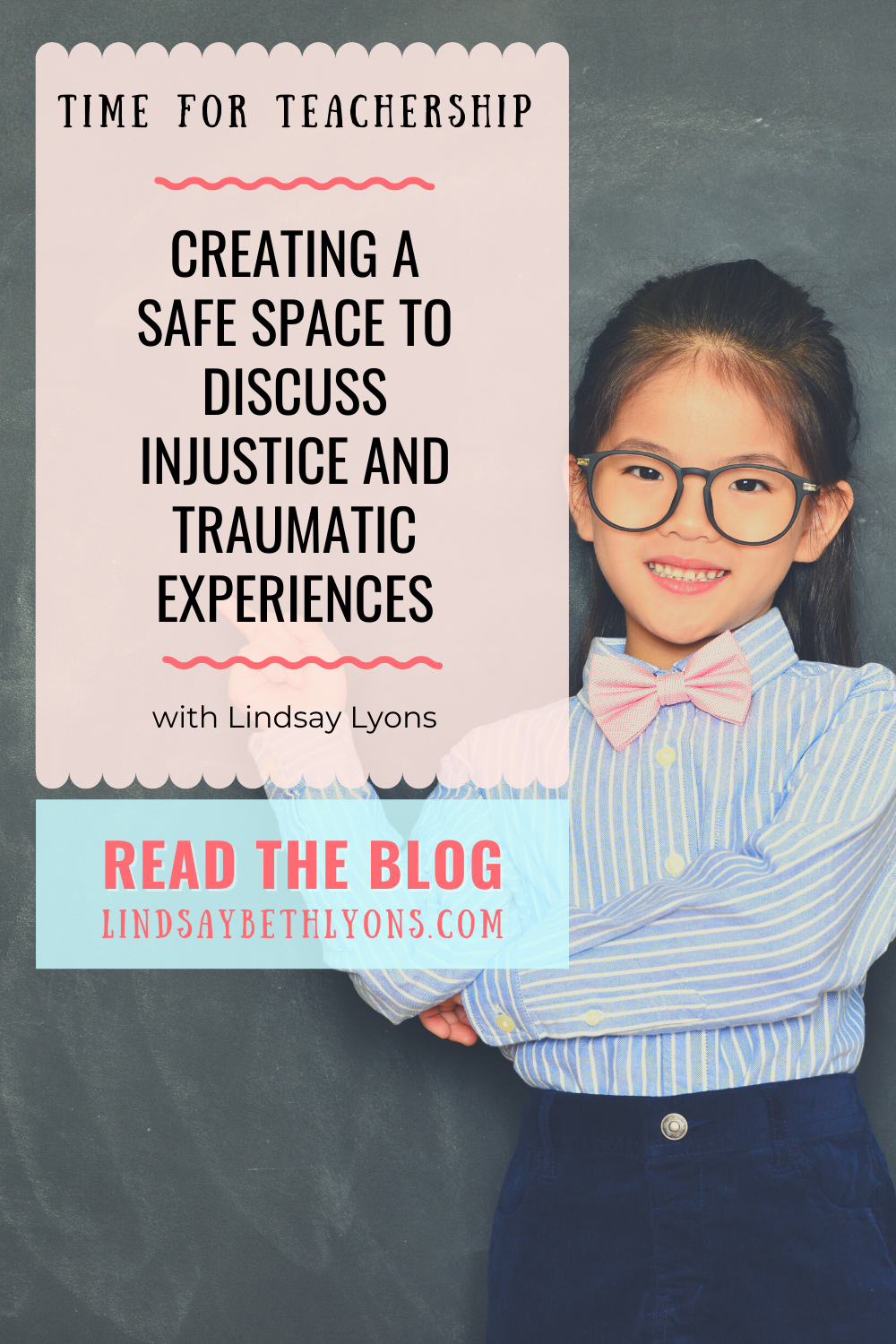
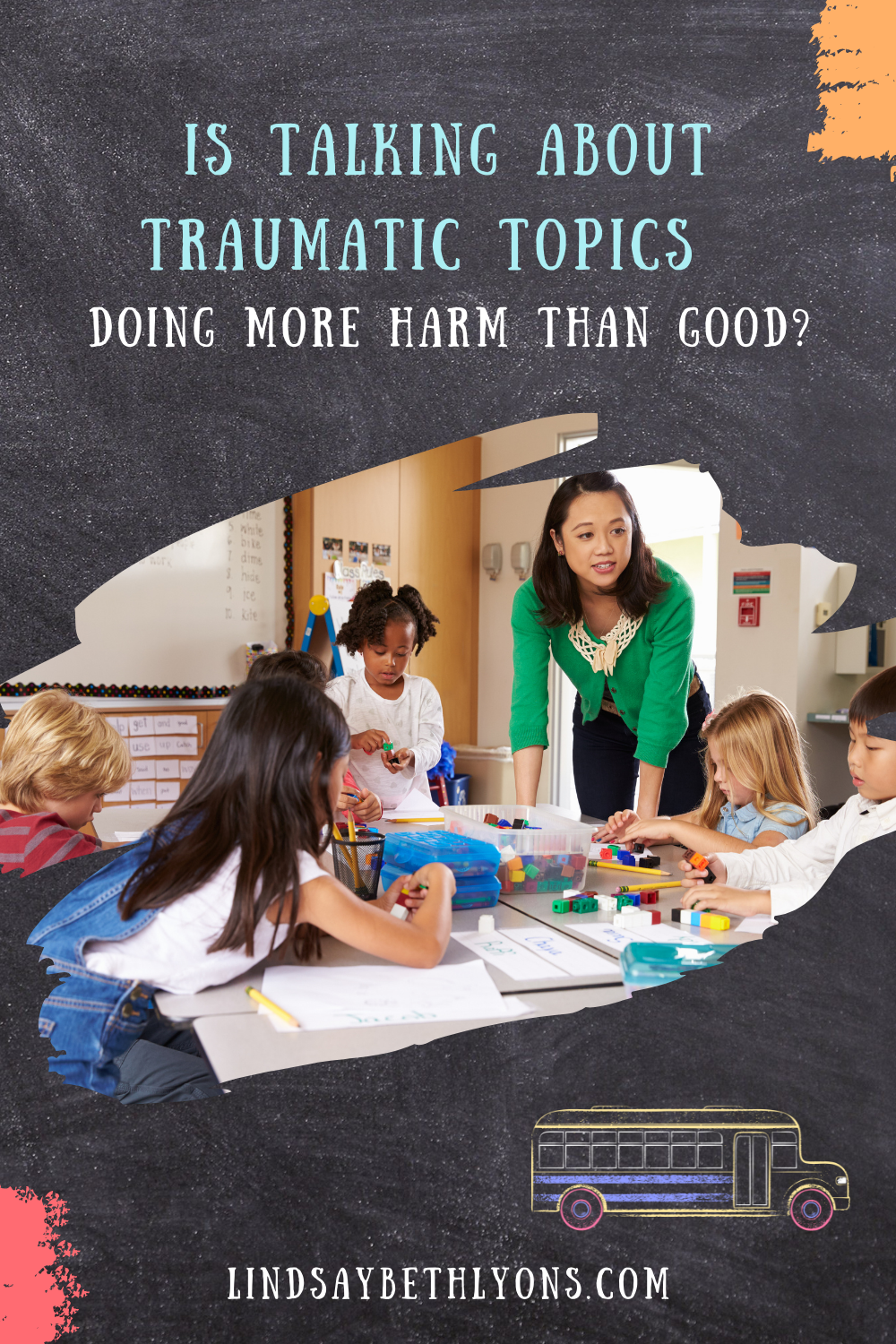
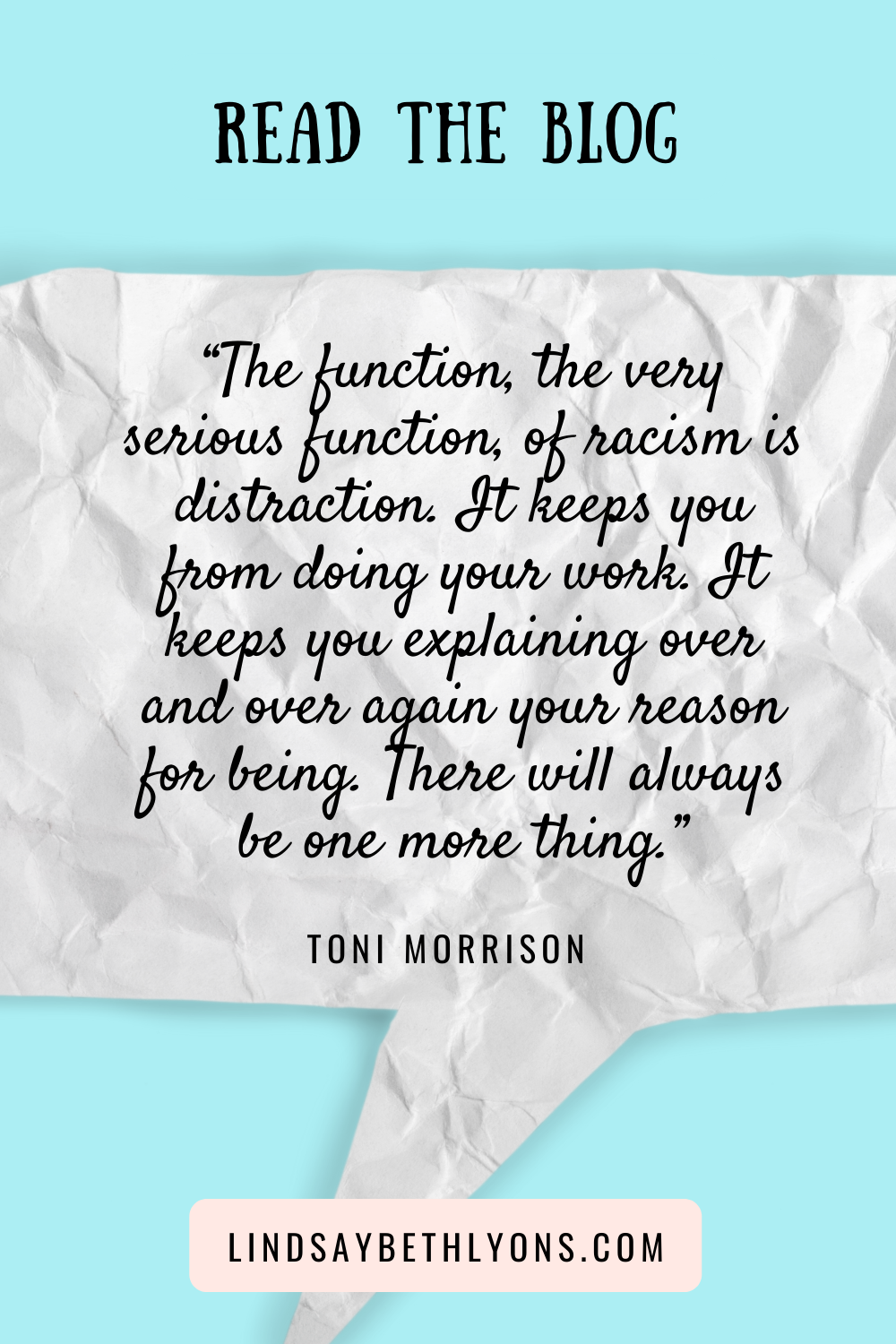
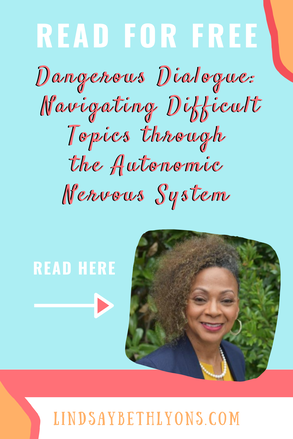
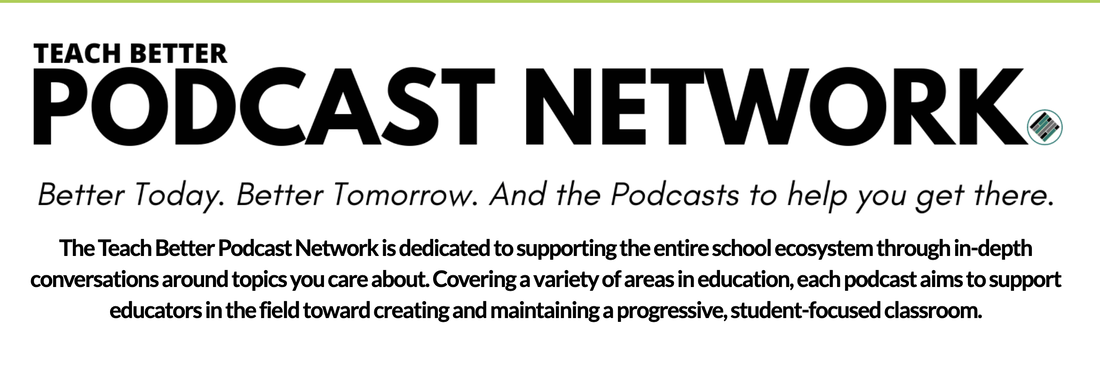
 RSS Feed
RSS Feed